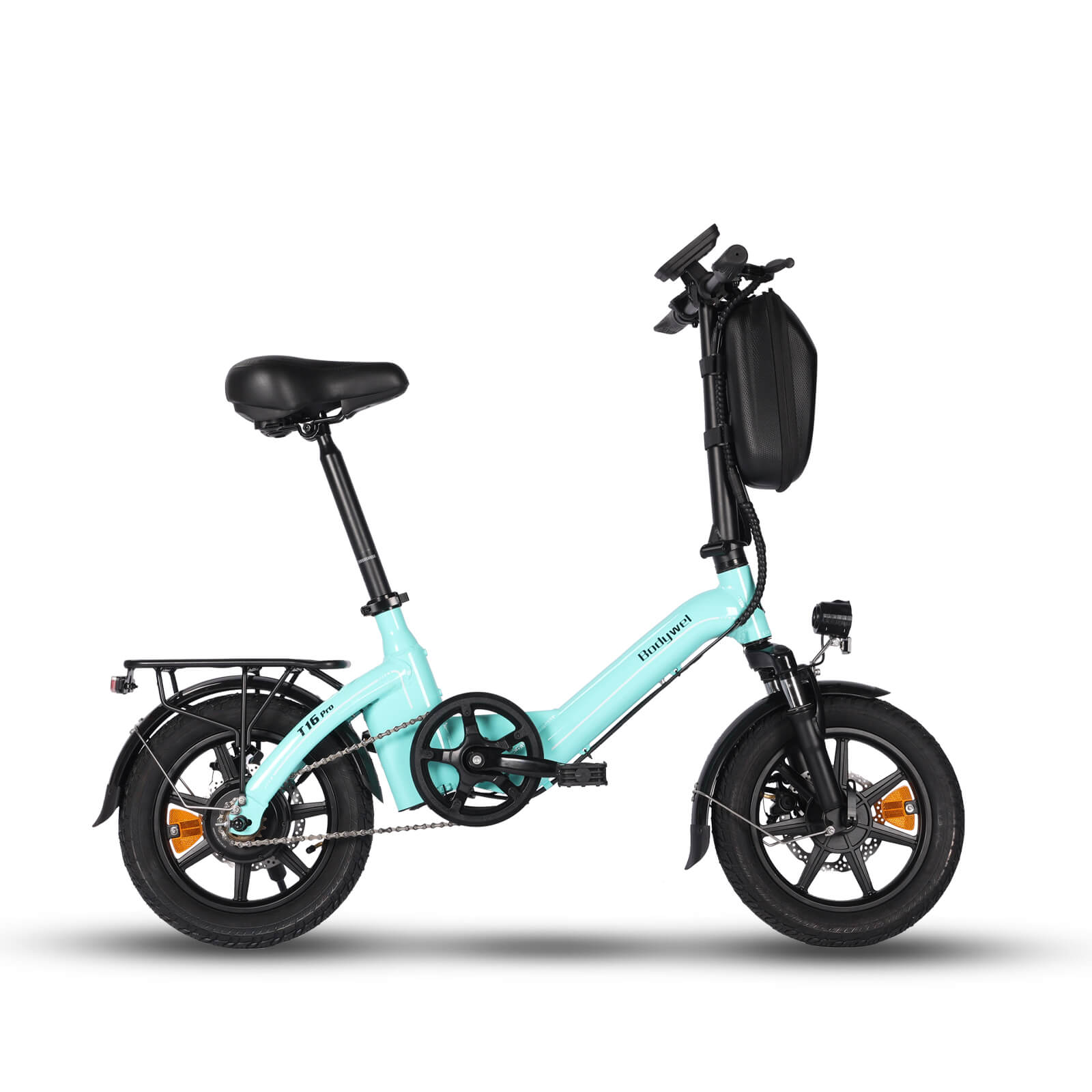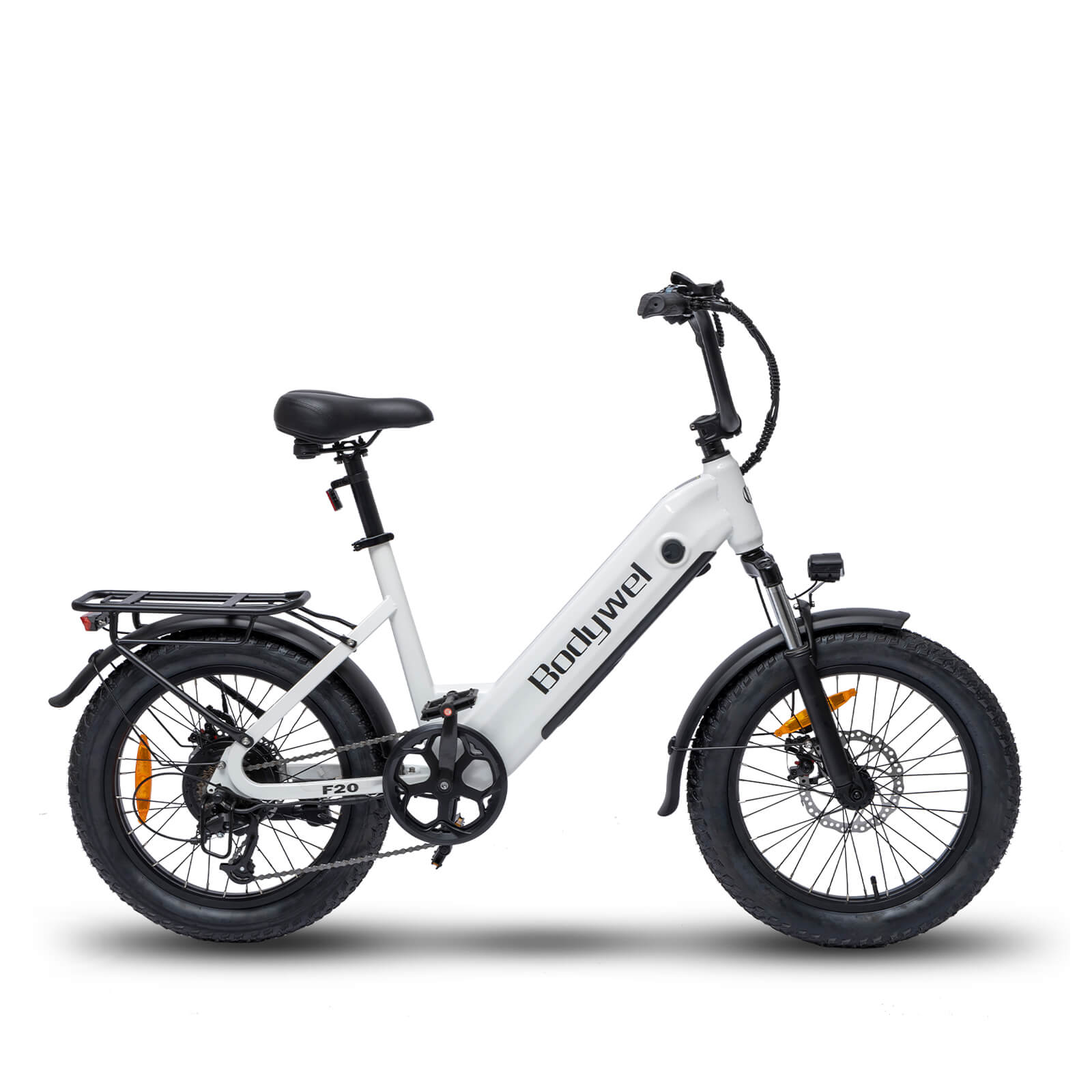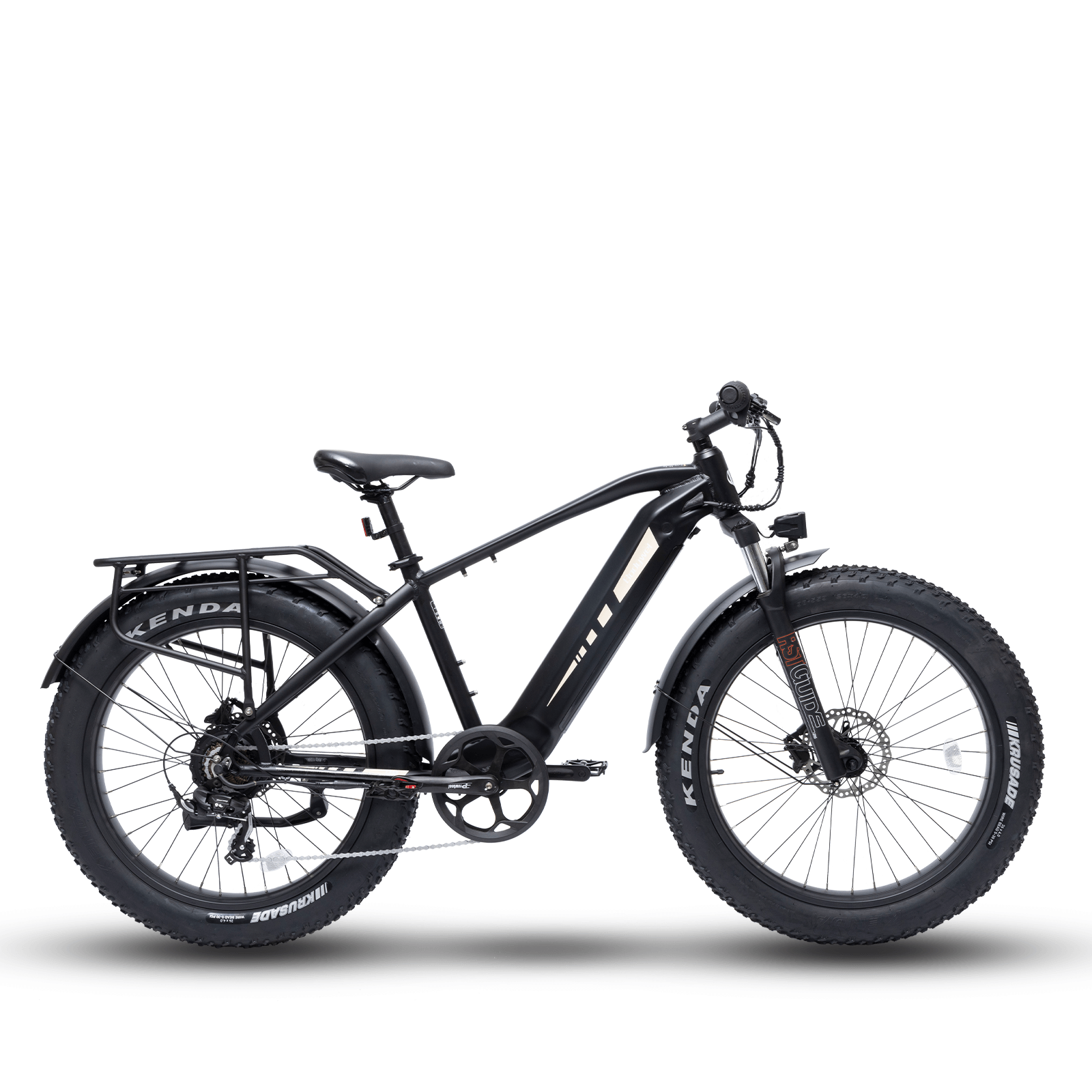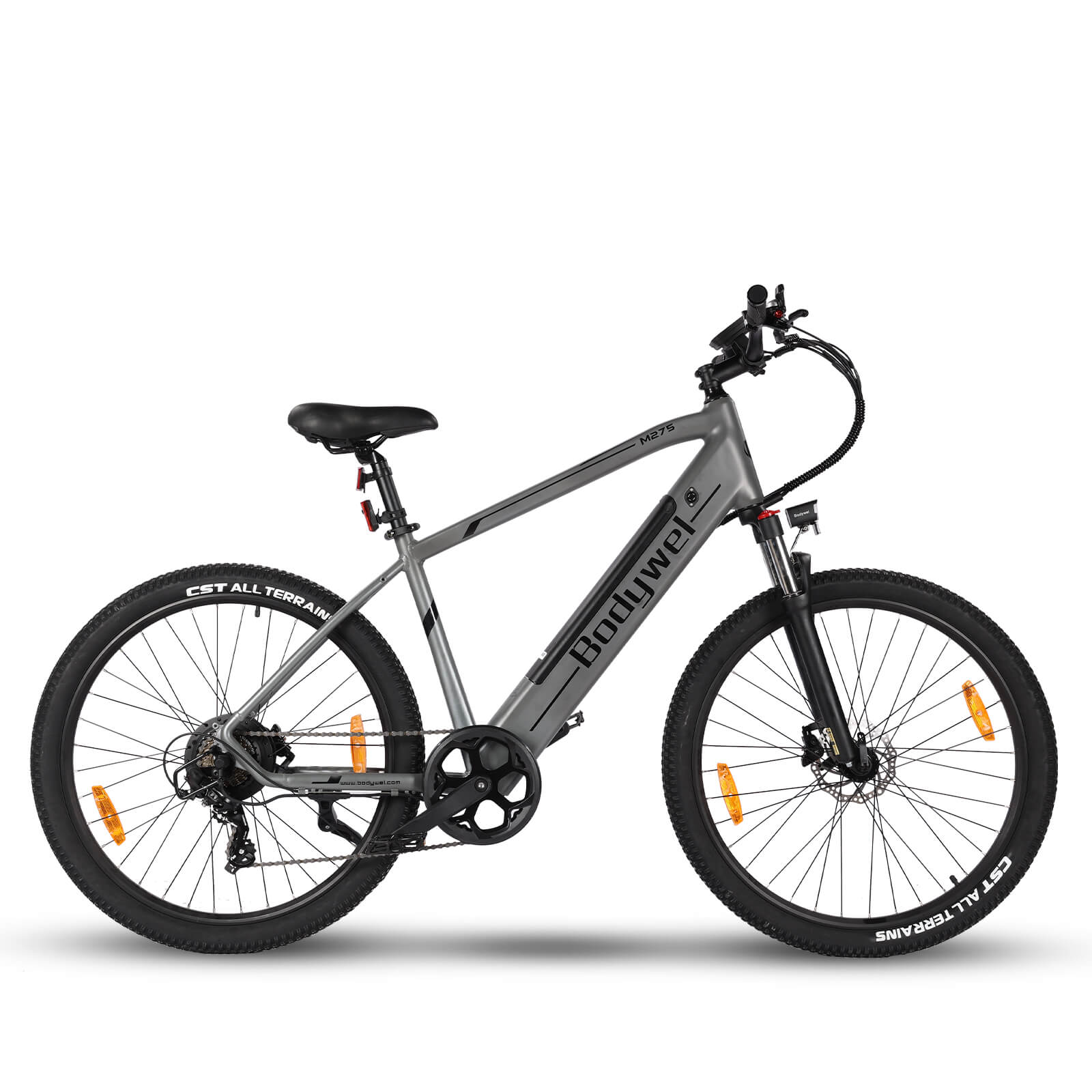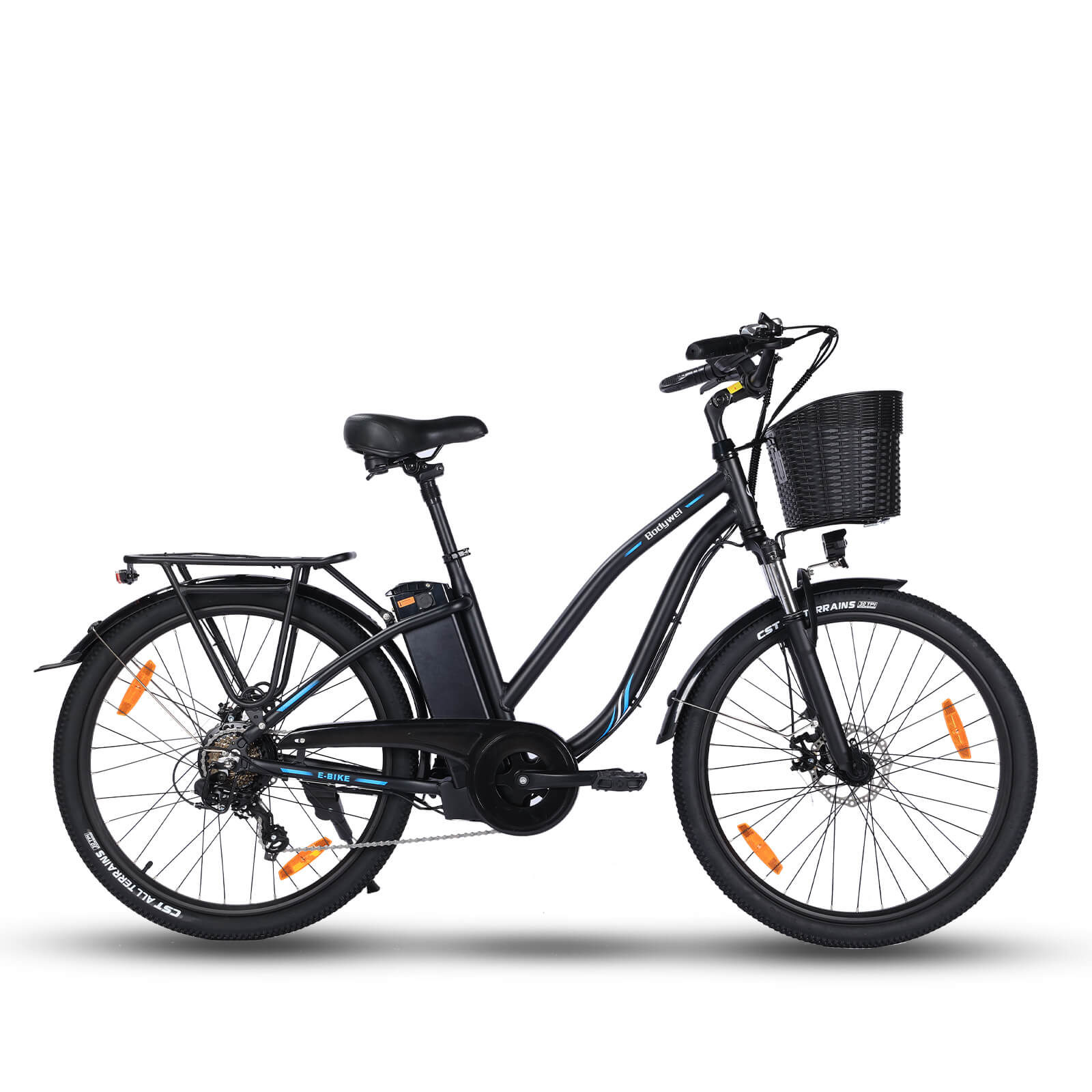Trek E-Bike MTB: 5 Must-Know Features for Off-Road Riders

Electric mountain bikes combine rugged trail performance with pedal-assist technology, offering off-road riders enhanced control and endurance. This guide explores five critical features that define modern e-bikes for technical terrain.
High-Torque Motor Performance
Modern e-mountain bikes leverage high-torque motors to conquer steep climbs and technical trails. Advanced drive systems deliver high torque with instantaneous response, ensuring seamless power delivery even on loose surfaces.
Drive Systems
Many models integrate the latest smart systems, featuring customizable assist modes via integrated displays. Riders report significantly faster hill ascents compared to conventional e-MTBs.
Adaptive Suspension Design
Advanced suspension and shock technology automatically adjust to trail conditions. Many series exemplify this with substantial travel forks that absorb impacts while maintaining pedaling efficiency.
Long-Range Battery Efficiency
With integrated high-capacity batteries, modern electric mountain bikes provide extended hours of trail riding per charge. Removable battery systems allow quick swaps for extended adventures.
Lightweight Frame Engineering
Advanced carbon frames balance durability and agility. Modern designs demonstrate this with integrated dropper posts and optimized geometry for technical descents.
Trail-Specific Technology
Features like traction control and walk assist make modern e-MTBs versatile. These innovations create race-ready performance for serious riders.
Final Considerations
When selecting an electric mountain bike, prioritize motor responsiveness, suspension adaptability, and battery modularity. These features collectively enhance off-road capability while maintaining excellent ride quality.
- Tags: best e bike mtb electric mountain bike trek e bike mtb trek e mountain bike trek off-road ebike
0 commentaire




